Introduction
The culinary world is a vast and ever-evolving landscape, where traditional techniques intertwine with innovative ideas to create dishes that tantalize the taste buds and satisfy the soul. Among the myriad of preservation methods, pickling stands out as a timeless practice that not only extends the shelf life of food but also enhances its flavor profile. One vegetable that particularly shines under the pickling process is the red-skinned daikon radish, a variety known for its crisp texture and mild, slightly sweet taste. This article aims to guide you through the intricacies of how to pickle red-skinned daikon radish to achieve the most delightful and appetizing results.
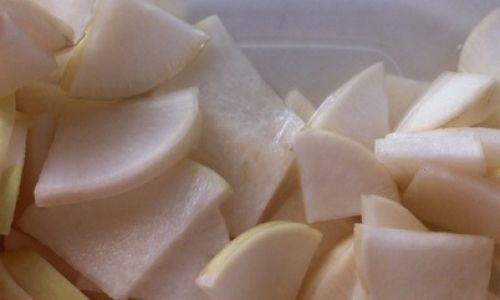
Understanding Red-Skinned Daikon Radish
Before diving into the pickling process, it’s crucial to understand the unique characteristics of red-skinned daikon radish. Also known as Chinese radish or mooli, daikon belongs to the Brassicaceae family and is distinguished by its elongated shape, crisp flesh, and, in this case, its vibrant red skin. Unlike its white-skinned counterparts, the red-skinned variety often adds a visual appeal to dishes, making it a favorite among chefs and home cooks alike.
Nutritionally, red-skinned daikon radish is a low-calorie vegetable packed with vitamins, minerals, and dietary fiber. It boasts antioxidants, aids in digestion, and can help regulate blood pressure. Its mild flavor makes it versatile, pairing well with a variety of seasonings and ingredients.
The Science Behind Pickling
Pickling involves submerging food in a brine solution, often containing vinegar, salt, and spices, to preserve it and develop new flavors. The process works on several levels:
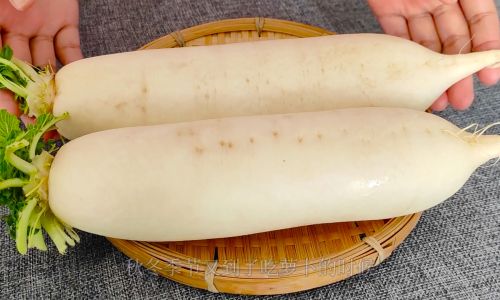
- Osmosis: Salt draws out moisture from the vegetable, creating a favorable environment for beneficial bacteria to grow while inhibiting harmful ones.
- Acidification: Vinegar, being acidic, lowers the pH level of the brine, further preserving the food and enhancing its taste.
- Fermentation: Lacto-fermentation, a type of anaerobic fermentation, occurs when lactic acid bacteria convert sugars into lactic acid. This process not only preserves the food but also adds a tangy, umami-rich flavor.
Choosing the Right Red-Skinned Daikon Radish
Success in pickling begins with selecting high-quality red-skinned daikon radishes. Here are some tips:
- Appearance: Look for firm, smooth radishes with vibrant red skin and no signs of soft spots, cracks, or discoloration.
- Freshness: The leaves attached to the radish should be green and fresh. If the radish is sold without leaves, check the stem end for freshness.
- Size: While size can vary, medium-sized radishes tend to be more tender and flavorful.
- Feel: Gently press the radish; it should feel firm and not give in easily.
Preparing the Radishes for Pickling
Once you’ve selected your perfect red-skinned daikon radishes, it’s time to prepare them for pickling. Here’s a step-by-step guide:
- Washing: Thoroughly wash the radishes under running water to remove any dirt or residue.
- Peeling: Although the red skin adds visual appeal, you can peel it off if you prefer a smoother texture or a milder flavor. If keeping the skin, ensure it’s thoroughly cleaned.
- Slicing: Cut the radishes into uniform slices, sticks, or cubes. The shape you choose will depend on your personal preference and how you plan to use the pickled radishes. Thinner slices will pickle faster and have a more intense flavor, while thicker pieces retain their crispness longer.
- Salting: Sprinkle a layer of salt over the sliced radishes and let them sit for about 30 minutes to an hour. This draws out excess moisture, firming up the texture and enhancing the pickling process.
- Rinsing: After the salting period, rinse the radishes under cold water to remove the excess salt and pat them dry using a clean kitchen towel or paper towels.
Creating the Pickling Brine
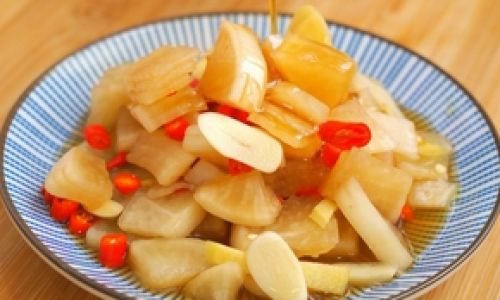
The brine is the cornerstone of any successful pickling endeavor. Here’s a classic recipe for a balanced and flavorful brine:
Ingredients:
- 2 cups distilled white vinegar (for a milder taste) or apple cider vinegar (for added sweetness and nutrients)
- 2 cups water
- 1/4 cup granulated sugar or honey (optional, for balance)
- 2 tablespoons kosher salt or pickling salt
- 1 teaspoon whole black peppercorns
- 1 teaspoon mustard seeds
- 1 teaspoon coriander seeds
- 1 bay leaf
- 1-2 dried red chili peppers (optional, for a hint of heat)
- 1 clove garlic, thinly sliced (optional)
- 1 small piece of fresh ginger, thinly sliced (optional)
Instructions:
- Combining Ingredients: In a medium saucepan, combine the vinegar, water, sugar or honey, and salt. Stir until the sugar and salt are fully dissolved.
- Spices and Aromatics: Add the peppercorns, mustard seeds, coriander seeds, bay leaf, dried chili peppers, garlic, and ginger to the vinegar mixture.
- Simmering: Bring the mixture to a gentle simmer over medium heat. Do not let it boil vigorously as this can reduce the liquid and alter the flavor balance. Simmer for about 5 minutes to allow the spices to release their flavors.
- Cooling: Remove the saucepan from heat and let the brine cool completely to room temperature. This is crucial as adding hot brine to the radishes could cook them, resulting in a softer texture.
Pickling the Radishes
Now that you have your prepared radishes and cooled brine, it’s time to combine them:
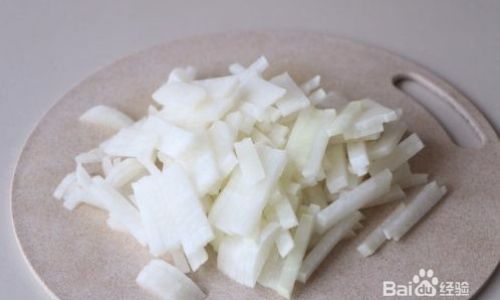
- Packing the Jar: Using a clean, sterile glass jar, pack the salted and dried radishes tightly into the jar. Packing them tightly helps to submerge them fully in the brine and also encourages fermentation by reducing the available oxygen.
- Pouring the Brine: Carefully pour the cooled brine over the radishes, ensuring they are completely submerged. If necessary, use a clean, small weight (like a small glass filled with water) to keep the radishes under the brine.
- Sealing: Secure the jar with a tight-fitting lid.
- Fermentation: Place the jar in a cool, dark place where temperatures remain consistent, ideally between 65°F to 75°F (18°C to 24°C). Allow the radishes to ferment for at least 3 days to a week, depending on your taste preference. The longer they ferment, the tangier they will become.
Monitoring and Adjusting
During the fermentation process, it’s important to monitor the jar for any signs of mold or off-odors. A thin layer of bubbles or foam on the surface is normal and indicates active fermentation. However, if you notice any unusual growths or smells, discard the batch and start anew.
Taste the radishes periodically to check for flavor development. Once they reach your desired level of tanginess and crispness, you can stop the fermentation process by refrigerating the jar. This slows down the fermentation and preserves the radishes at their peak flavor.
Storing and Serving Pickled Red-Skinned Daikon Radish
Properly stored, pickled red-skinned daikon radish can last for several months in the refrigerator. Here are some tips for storing and serving:
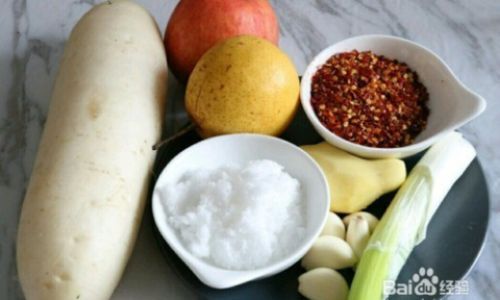
- Storage: Keep the jar tightly sealed and stored in the coldest part of your refrigerator.
- Serving: Pickled radishes can be enjoyed straight from the jar as a crunchy snack, added to salads, used as a topping for tacos or burgers, or incorporated into various dishes for an extra burst of flavor.
- Flavor Variations: Experiment with different spices and herbs in your brine for varied flavor profiles. For instance, adding a sprig of dill or a few slices of fresh jalapeño can create entirely new taste experiences.
Conclusion
Pickling red-skinned daikon radish is not just a preservation technique but an art that transforms a simple vegetable into a versatile, tangy, and crunchy delight. By following the steps outlined in this guide, from selecting the perfect radishes to crafting a balanced brine and monitoring the fermentation process, you can achieve pickled radishes that are not only delicious but also brimming with health benefits. Whether you’re a seasoned chef or a home cook eager to explore new culinary horizons, pickling red-skinned daikon radish offers a rewarding and flavorful journey. So, gather your ingredients, roll up your sleeves, and embark on this delightful culinary adventure today!
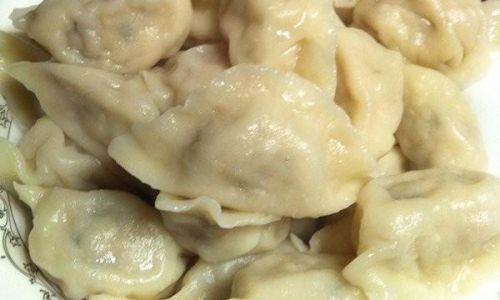
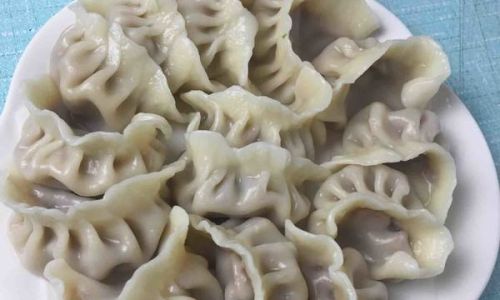
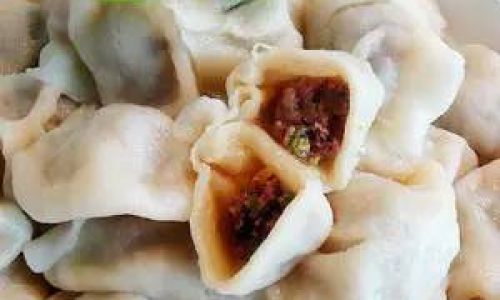
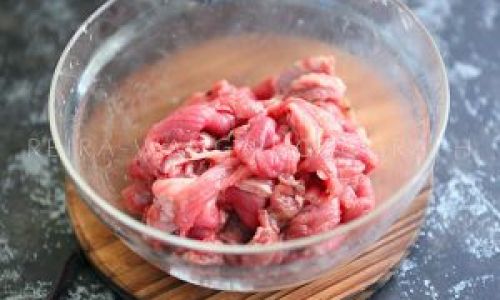
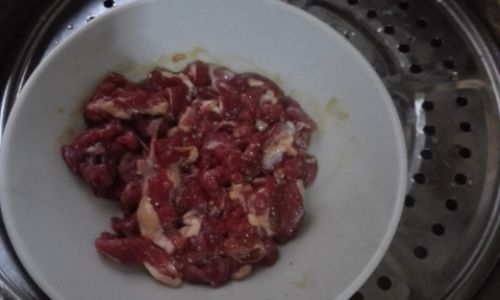
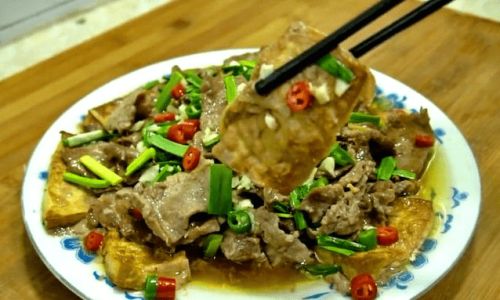
0 comments